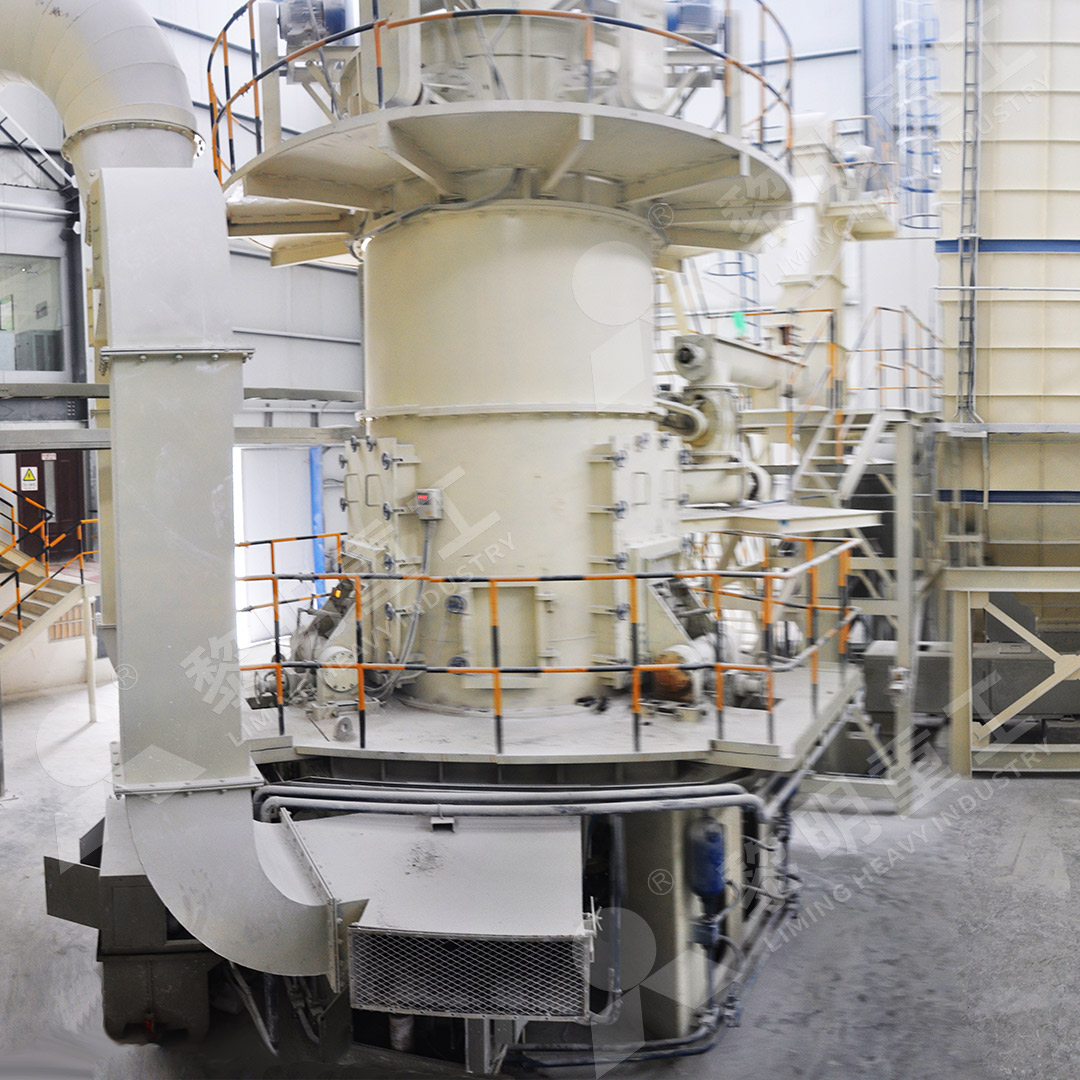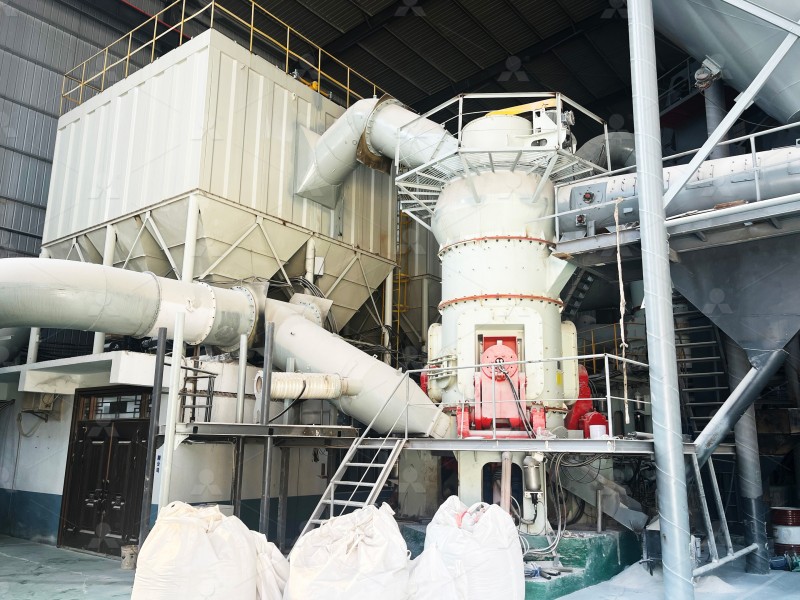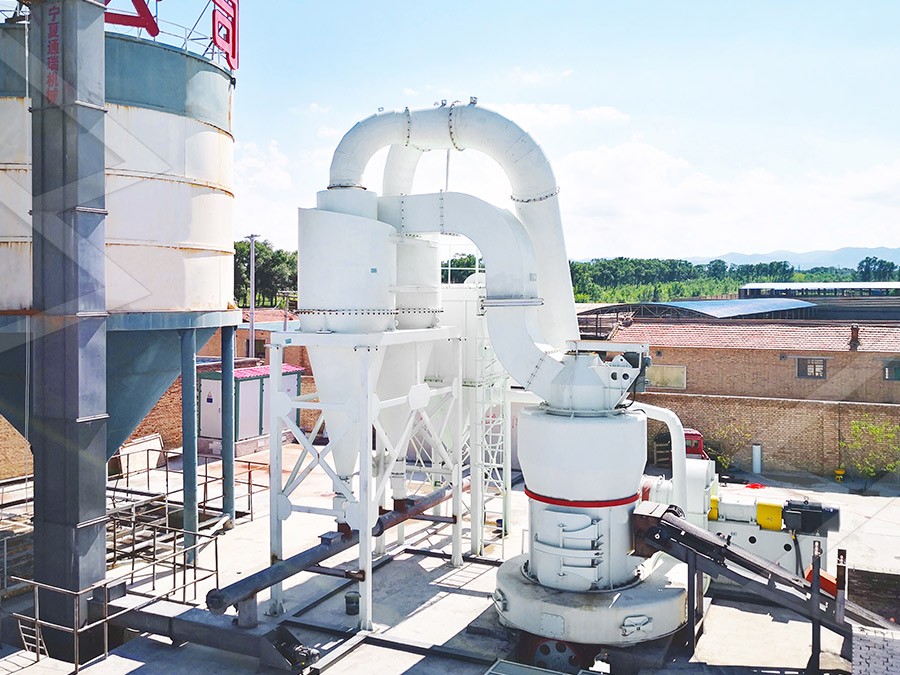Vertical Roller Mill for Cement Grinding: Process & Benefits
Vertical Roller Mill for Cement Grinding: Process & Benefits
In the modern cement production industry, efficiency, energy consumption, and environmental impact are paramount concerns. The Vertical Roller Mill (VRM) has emerged as a premier piece of equipment for cement grinding, offering a significant technological leap over traditional ball mills. Its innovative design and operational principles provide a compelling combination of performance and sustainability that is hard to ignore for any forward-thinking plant operator.
The Core Process: How a VRM Works
The fundamental operation of a Vertical Roller Mill is both elegant and efficient. Feed material, typically with a size of 0-70mm, is introduced onto the center of a rotating grinding table. Centrifugal force throws the material outward under the path of heavy, hydraulically-pressured grinding rollers. These rollers crush and grind the material into a fine powder against the table.

A key differentiator is the integrated drying system. Hot gases, often sourced from a preheater tower or a dedicated hot gas generator, are blown into the mill housing. These gases simultaneously dry the moist feed material and transport the ground fines upwards to a high-efficiency classifier located at the top of the mill. The classifier acts as a precision gatekeeper, ensuring only particles that meet the desired fineness (Blaine) leave the mill as final product. Coarser particles are rejected by the classifier and fall back onto the grinding table for further size reduction. This closed-circuit system within a single unit is a hallmark of its design brilliance.
Unmatched Advantages Over Conventional Systems
The shift from ball mills to VRMs is driven by a suite of powerful benefits that directly impact the bottom line and operational footprint.
- Substantial Energy Savings: This is the most significant advantage. VRMs consume 30% to 50% less energy than a ball mill for the same grinding duty. The reason is simple: grinding occurs by direct pressure on the material bed rather than through the highly inefficient impact and attrition of countless steel balls tumbling in a rotating drum.
- Superior Drying Capacity: The ability to handle hot gases (up to 400°C+) directly within the grinding chamber makes the VRM ideal for grinding raw materials with high moisture content. This eliminates the need for a separate, energy-intensive dryer.
- Compact Footprint: The vertical design is inherently space-efficient. A VRM system occupies about 50-70% of the space required by a ball mill system of equivalent capacity, simplifying plant layout and reducing civil construction costs.
- Lower Noise Pollution: Operating noise levels for a VRM are significantly lower (around 80-85 dB) compared to the deafening roar of a ball mill, creating a better working environment.
- Enhanced Product Quality & Stability: The material’s residence time inside a VRM is very short (2-3 minutes), allowing for rapid adjustments and precise control over product fineness and chemical composition. This results in a more consistent and higher-quality cement product.
- Excellent Environmental Performance: The entire grinding process occurs under negative pressure, preventing dust emissions. Furthermore, the mill can be equipped with a high-efficiency baghouse filter, ensuring emissions are well below regulatory standards.

Choosing the Right Technology for Your Needs
While the standard LM Vertical Grinding Mill is a workhorse for main cement grinding, specific applications demand specialized solutions. For producers looking to incorporate ultra-fine additives like silica fume or to create high-value specialty cements, a different level of technology is required.
For these demanding applications, we highly recommend our MW Ultrafine Grinding Mill. This machine is engineered for customers who need to make ultra-fine powder between 325-2500 meshes. It builds upon the vertical mill principle with critical enhancements: a advanced cage-type powder selector for unparalleled classification precision and a unique grinding chamber design with no rolling bearings or screws, eliminating a major source of maintenance and failure. Equipped with an efficient pulse dust collector and muffler, the MW Series ensures your ultra-fine production is both high-yielding and environmentally sound, with a capacity range perfect for specialized product lines.
Another standout in our portfolio for finer grinding needs is the LUM Ultrafine Vertical Grinding Mill. It represents the pinnacle of our design, integrating the latest grinding roller technology and German powder separating technology. It excels in producing superfine dry powder of non-metal ores with higher yielding rates and better product quality. Its reversible structure is a maintenance engineer’s dream, allowing grinding rollers to be easily moved out of the body for inspection and part replacement, drastically reducing downtime.

The Future is Vertical
The adoption of Vertical Roller Mill technology is no longer a luxury but a necessity for cement plants aiming to remain competitive and sustainable. The dramatic reductions in power consumption, coupled with lower maintenance costs, superior product control, and a minimized environmental footprint, deliver a rapid return on investment. As the industry continues to evolve towards greater efficiency and greener practices, the VRM stands as the clear and intelligent choice for the future of cement grinding.
